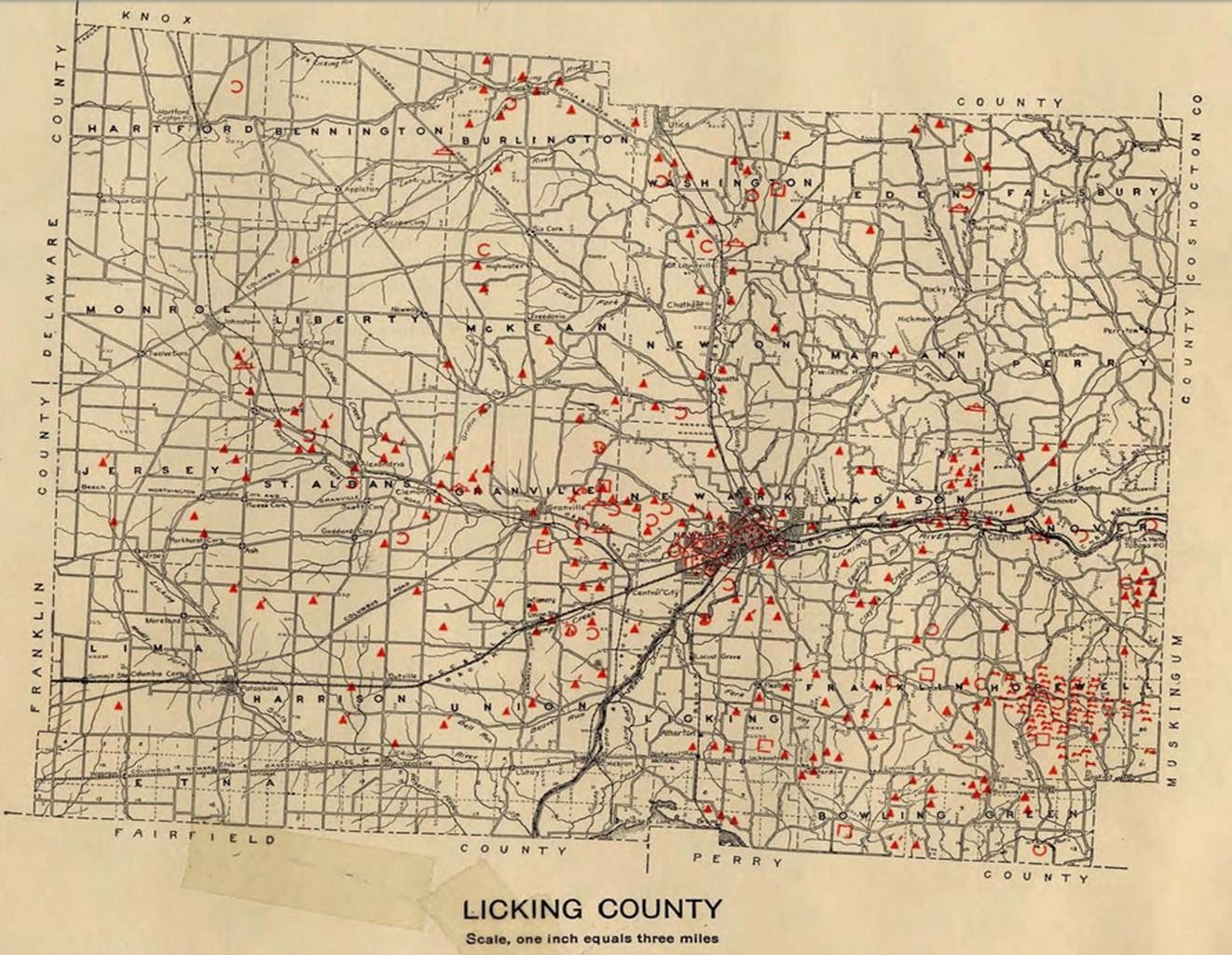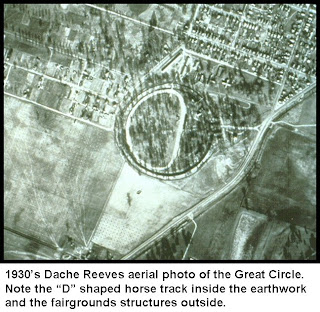Who Are the Potawatomi?
Through time, we have remained a proud and productive tribal community; and continue to hold a unique place in society. We are the descendants of the allied Potawatomi villages located along the St. Joseph, Paw Paw, and Kalamazoo Rivers in what is now southwest Michigan and northern Indiana.
 |
| Image Courtesy of the U.S. Forest Service. |
Bodéwadmi Mwen - Potawatomi Language
Our language is of the Algonquin language group with a vocabulary of over 20,000 words. as a way of weakening our connection to the old ways, many children were forced into missionary schools where it was forbidden to speak or act Potawatomi. After a few generations, many of our people stopped using our language in their homes; and it ceased being passed on.
Today, we are fortunate to live in a time of rebirth of many of the old ways. As modern-day Potawatomi, we enjoy a level of freedom and acceptance some of our ancestors never had. We carry the obligation to learn our traditions, culture, and language.
Some of the early missionary pamphlets and Bibles are now being used to help document and revitalize our language.
Major Points of History
Some stories tell that the Potawatomi have always been here. Other stories tell of migration from the Eastern seaboard with the Ojibwe and Odawa Nations. The three tribes loosely organized as the Three Fires Confederacy, with each serving an important role. The Ojibwe were said to be the Keepers of Tradition. The Odawa were known as the Keepers of the Trade. The Potawatomi were known as the Keepers of the Fire. Later, the Potawatomi migrated from north of the Lakes Huron and Superior to the shores of the Mitchigami or Great Lake.

After the 1833 Treaty negotiations in Chicago, other Potawatomi returned to their homes in Wisconsin, Indiana, Illinois, and Michigan; or fled to Canada. Those who remained in Indiana and Illinois were moved west in a series of removals; ending in 1838 in what has come to be called the "Trail of Death". The hazardous trip killed one out of every ten people of the approximately 500 Potawatomi involved. A small group of Neshnabek, with Leopold Pokagon as one of their leaders, earned the right to remain in Michigan, in part, because they had demonstrated a strong attachment to Catholicism. It is the descendants of this small group who constitute the Pokagon Band of Potawatomi Indians.
Enrollment and Citizenship
Two censuses of tribal members were taken by the U.S. government officials in 1895-96 to determine eligibility for treaty annuity payments. It has since been used by the tribe for establishing enrollment and citizenship in the Pokagon Potawatomi Nation.
Today and Tomorrow
The Pokagon Band of Potawatomi distributes services to its approximately 5,000 citizens. The tribe has a ten county service area; four are in southwestern Michigan and six in northwestern Indiana.
In 2006, the Tribe enacted its first Tribal Constitution and the infrastructure of a revitalized Pokagon Potawatomi Nation continues to grow. The Pokagon Band today is trying to reclaim the
clan system, and revive the knowledge of the clans in a contemporary way.
Gatherings with the other Bands of Potawatomi from the United States and Canada are held each summer.
For more information,
Visit:












